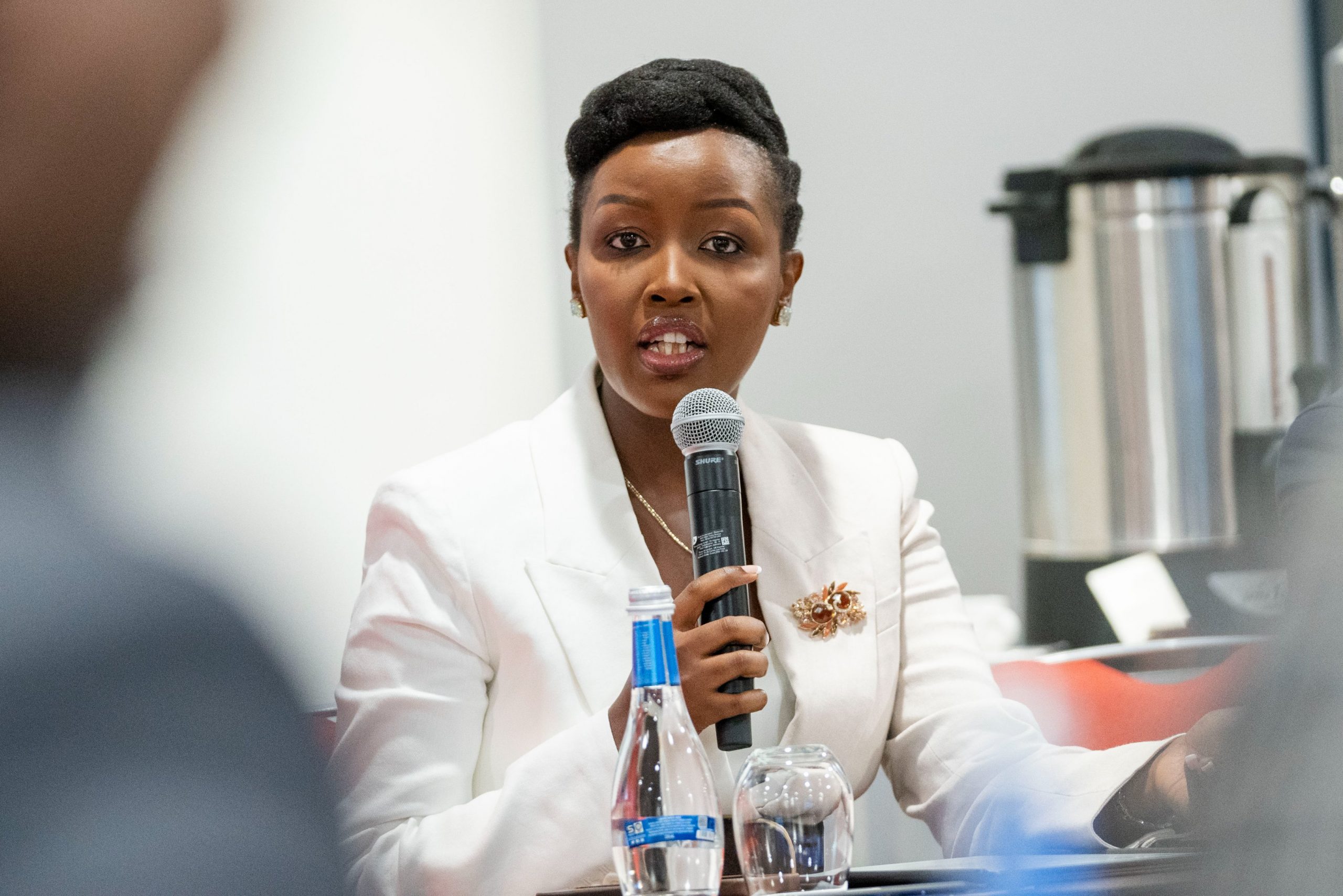Rwanda positions for intelligent connectivity at scale
AI-enabled connectivity in Kigali signals a margin mix shift as $30–$40 devices expand usage; operators AAF.L and HTWS.L gain operating leverage while NVDA and MSFT monetise edge-cloud demand via AI infrastructure scaling.

Africa’s telecom story is shifting from coverage to intelligence, and Kigali’s MWC Africa crystallises the policy intent: deploy artificial intelligence across access, transport, and service layers to compress operating costs, stabilise networks, and monetise usage at scale. Rwanda provides a measurable test case. Using a calendar-year base, nominal GDP is estimated at $14.8bn in 2025, with real growth projected at 7.1% after an 8.9% expansion in 2024.
Sector composition in 2024 shows services near 48% of output, agriculture 25%, and industry 21%. Headline inflation ran 7.3% year on year in July 2025, and the policy rate stood at 6.5% in May 2025, within a 2–8% target band. Internet penetration at the start of 2024 was 34.4% of the population, indicating a usage gap relative to coverage that policy aims to narrow through affordability and network efficiency.
The transmission channel operates through three measurable mechanisms. First, access economics: handset and data pricing define demand elasticity. At a per-capita income near $1,040 in 2025, device pricing in the $30–$40 range materially expands the reachable base. Every $10 decline lowers the paywall for first-time adopters and pushes monthly active data users higher, raising utilisation of sunk radio and fibre. Second, infrastructure economics: AI workloads require reliable power, local and regional data centres, and edge compute. Site-level energy cost per gigabyte and power uptime become the binding constraints; efficiency gains from hybrid or grid-tied solutions lower opex per site and raise effective capacity. Third, intelligence economics: AI in predictive maintenance, dynamic spectrum allocation, and churn prevention lifts uptime, cuts truck rolls, and supports ARPU by enabling targeted bundles across payments, health, and education. These steps convert basic connectivity into data-rich services.
Macro impact follows from productivity and inclusion. In agriculture, where roughly one quarter of output is generated, digitised advisory tools can raise yields and smooth seasonal cash flow, supporting consumption and tax receipts. In services, AI-driven onboarding and fraud analytics accelerate mobile-money velocity, reduce loss rates, and improve working-capital turns for banks and fintechs. With public investment anchored in transport and energy, telecom-AI complements physical capex by monetising the last mile and increasing factor productivity. If monthly active data users expand by 5–8% over the next year while network opex per user falls 5–8%, the contribution to non-tradable services growth becomes visible in quarterly national accounts.
Market structure and investable exposures reflect this shift. Power-resilient tower portfolios and tenancy growth favour operators and independent tower companies able to deliver power-as-a-service. Publicly traded proxies provide distinct risk premia. Airtel Africa (AAF.L) monetises low-ARPU segments at scale through distribution density; Helios Towers (HTWS.L) captures tenancy and energy arbitrage as grid stability improves. Diversified global beneficiaries of AI infrastructure—NVIDIA (NVDA) and Microsoft (MSFT)—monetise inference, edge, and cloud build-outs that African telcos will increasingly rent rather than own. Regional beta can be accessed via the iShares MSCI Frontier and Select EM ETF (FM) and the VanEck Africa Index ETF (AFK), which embed liquidity and governance screens relevant to institutional mandates.
Policy coherence remains the hinge. The central bank’s 6.5% policy rate, paired with inflation inside the 2–8% band by 2026, would lower real-rate volatility and support long-duration capex. Spectrum policy and right-of-way reforms compress deployment timelines, while clear data-localisation and privacy rules reduce compliance uncertainty and lower discount rates. Fiscal anchors—transparent capex programming and predictable import duties on devices and network equipment—determine whether affordability gains are persistent or cyclical. Regionally, the build-out of African data centres and payment infrastructure tightens latency and improves service reliability, linking domestic networks to global AI supply chains.
Risks are quantifiable. Affordability risk persists if devices remain above $50 and effective data costs exceed 2% of monthly income. Energy risk endures where diesel backup dictates power cost per inference. Regulatory risk rises with opaque AI-safety or data rules that deter vendor-neutral architectures. Monetisation risk emerges if competition caps ARPU despite higher usage, and execution risk follows from skills gaps and integration lock-in that elevate lifetime costs. None are idiosyncratic, and each has measurable mitigants: duty rationalisation, energy hybridisation, interoperable standards, and targeted skills formation.
Forward indicators for the next 6–24 months are explicit. Track median retail smartphone prices against the $30–$40 target; monthly active data users and 90-day churn; ARPU growth in real terms; site-level uptime and energy cost per gigabyte; domestic data-centre capacity announcements; and the policy-rate path relative to inflation expectations. If handset medians hold near $35, mobile internet usage in Rwanda rises toward the high-30s to low-40s percent of population, ARPU grows 3–5% in real terms, and site energy costs decline 5–8%, the strategy will have shifted from policy signalling to measurable returns.





